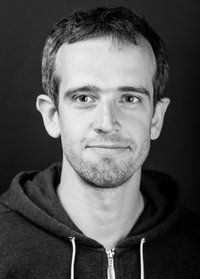Het CWI heeft een aantal spin-off bedrijven: organisaties opgericht door CWI-medewerkers, met ondersteuning van het CWI. Het opzetten van spin-off bedrijven is een belangrijke manier voor kennisinstituten zoals het CWI om de fundamentele kennis door te laten stromen naar toepassingen in de maatschappij en om tegelijkertijd hoogwaardige banen te scheppen.
Tijdens CWI in Bedrijf zullen vier van onze spin-offs zich aan u presenteren. Voor meer informatie over onze andere spin-off bedrijven, klikt u hier.

Swat.engineering helps companies take control over their software.
We have an automated approach to help modernize existing software and we can improve time-to-market for new software projects. Our expertise and tools are based on years of research.
Our tools are available as open source and avoid any vendor-lock in.
Davy Landman & Paul Klint
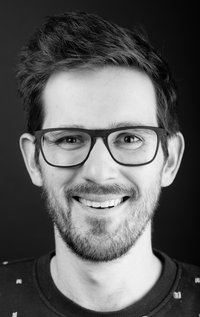
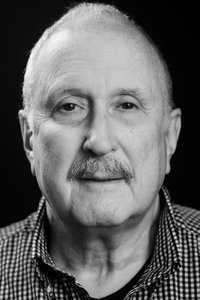

Stokhos bv was spun out of CWI in 2016, ensuing the ‘RePro’ project. This research project and subsequent algorithm development addressed the growing demand and response times of Emergency Service Operators, e.g. police, firefighters, ambulance.
Longer response times lead to loss of lives and increased (recovery)healthcare costs. Growing response times are a universal issue among the service providers.
Stokhos has developed its ‘Seconds’ algorithm, which supports dispatchers to pro-actively relocate vehicles based on the prediction of demand (per sub-region) and the ‘system state’, the preparedness of the response system. Both demand and supply are dynamic and difficult to predict. Ambulances deal with shifts, being ‘busy’ in a hospital or dealing with traffic delays.
In real-time the ‘Seconds’ program charts the under-covered areas and it subsequently calculates the best solution to optimize coverage.
Shortening of response times through the optimization of regional vehicle coverage enables a number of benefits: healthcare cost reductions, lifesaving and operational cost reductions. With fewer vehicles/units one can achieve a similar or improved performance, which addresses current staffing issues.
Our solution can eventually be applied outside the Emergency Services domain. Taxi’s, strategic logistics and MaaS, Mobility as a Service, relocating vehicles to enable a fast response to the next customer.
The Stokhos Team
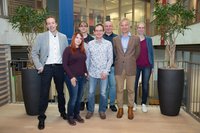
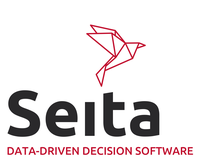
Seita amplifies sustainable impact by enabling data-driven decisions.
We believe in collective, informed and sustainable progress and in the power of today’s talent, data and technology in realising this. We offer a collaborative and hands-on approach delivering crafted, intelligent solutions for your specific data and technology needs.
Energy, supply chains, migration monitoring - just a few examples of sectors where timing can matter a lot. The data measured in these cases - energy consumption, items at a location, number of persons in a camp - are called time series data.
Seita is focusing on the management, modelling and forecasting of time series. The end-goal is to make the right decision at the right time, so our clients save money, reduce risks or simply manage complexity. For this, we provide decision algorithms which operate under uncertainty.
Seita is also hands-on. We are cloud engineers and web application developers, so we can consult and build with the whole business case in mind.
We provide consultation, data pipeline development, time series modelling, dashboards and cloud infrastructure monitoring.
We work in close collaboration with CWI and a network of freelance experts from Randstad.
Felix Claessen & Nicolas Höning
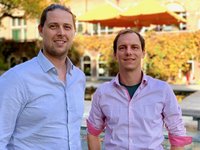
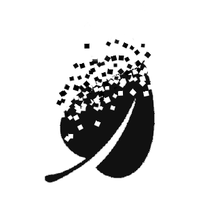
An idea of a new approach to Additive Manufacturing (3D printing) was inspired by the existing technology of Stereolithography (SLA) and 3D imaging methods of Computed Tomography (CT).
Stereolithography allows to produce a 3D object through application of light to a photosensitive resin while Computed Tomography uses light (most often X-rays) to obtain a 3D image of the specimen.
By combining some of the principles employed in SLA with mathematical concepts used in X-ray CT, one may be able to design a new manufacturing method that will be orders of magnitude faster than the existing technology.
The spin-off Photosynthetic was created in 2018 to explore feasibility of a new approach. It is funded by the NWO Take-Off seed-funding grant and supported by the Demonstrator Lab at VU. Right now we are working on a bench-top proof-of-principle system.
Alexander Kostenko
